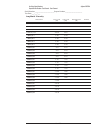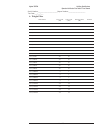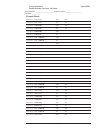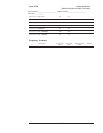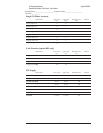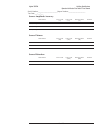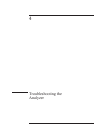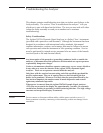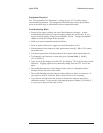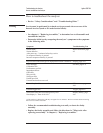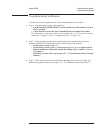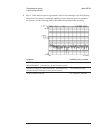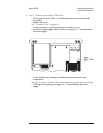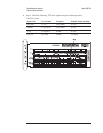
Troubleshooting the Analyzer
This chapter contains troubleshooting tests that can isolate most failures to the
faulty assembly. The section ‘’How to troubleshoot the analyzer’’ tells you
which test to start with based on the failure. The test you start with will either
isolate the faulty assembly or send you to another test to continue
troubleshooting.
Safety Considerations
The Agilent 35670A Dynamic Signal Analyzer is a Safety Class 1 instrument
(provided with a protective earth terminal). Although the instrument has been
designed in accordance with international safety standards, this manual
contains information, cautions, and warnings that must be followed to ensure
safe operation and retain the instrument in safe operating condition. Service
must be performed by trained service personnel who are aware of the hazards
involved (such as fire and electrical shock).
Warning Any interruption of the protective (grounding) conductor inside or outside the
analyzer, or disconnection of the protective earth terminal can expose operators
to potentially dangerous voltages.
Under no circumstances should an operator remove any covers, screws, shields or
in any other way access the interior of the Agilent 35670A Dynamic Signal
Analyzer. There are no operator controls inside the analyzer.
Only fuses with the required current rating and of the specified type should be
used for replacement. The use of repaired fuses or short circuiting the fuse
holder is not permitted. Whenever it is likely that the protection offered by the
fuse has been impaired, the analyzer must be made inoperative and secured
against any unintended operation.
When power is removed from the Agilent 35670A Dynamic Signal Analyzer,
+225 volts are present in the display for approximately 5 seconds. Be extremely
careful when working in proximity to this area during this time. The high voltage
can cause serious personal injury if contacted.
Caution Do not connect or disconnect ribbon cables with the power switch set to on ( l ).
Power transients caused by connecting or disconnecting a cable can damage circuit
assemblies.
4-2



